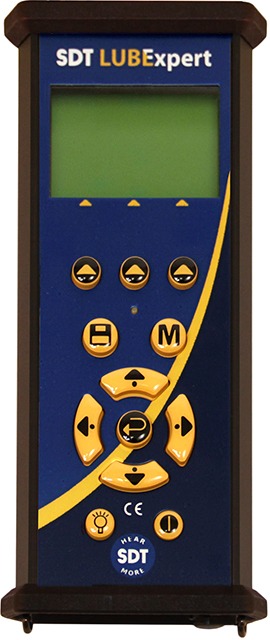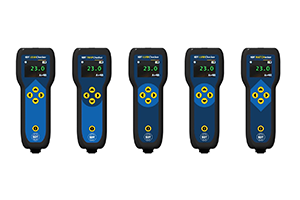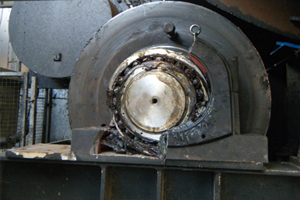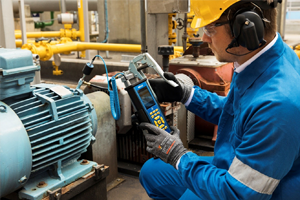Bearing Lubrication Monitoring with Ultrasound
Why Lubricate Bearings?
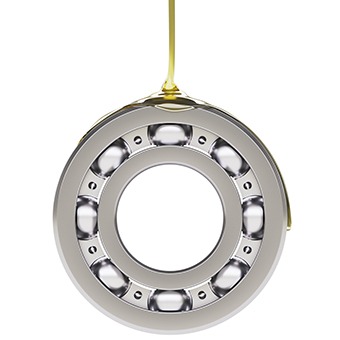
For 4000 years we have been lubricating our machinery and rotating assets to increase their efficiency, reliability and lifespan. Proper bearing lubrication minimizes the surface contact of machinery, reducing undesired friction, excessive heat, metal-on-metal contact and wear and tear.
Lubrication not only protects ball and roller-element bearings from themselves by reducing friction but also from corrosion and the elements. Grease is the lubrication of choice within the industry, as it is easy to apply and it provides the bearing housing with a protective seal from the elements.
For a procedure proven reliable for the past 4 millennia, it is surprising to hear so many premature bearing failures are lubrication-related.
In fact, well-informed lubrication studies suggest that:
- 8% are due to assembly “errors”
- 12% are due to outdated equipment
80% are due to inadequate lubrication*
In short, improper lube selection, amount, intervals as well as lubricant contamination and degradation are to blame.
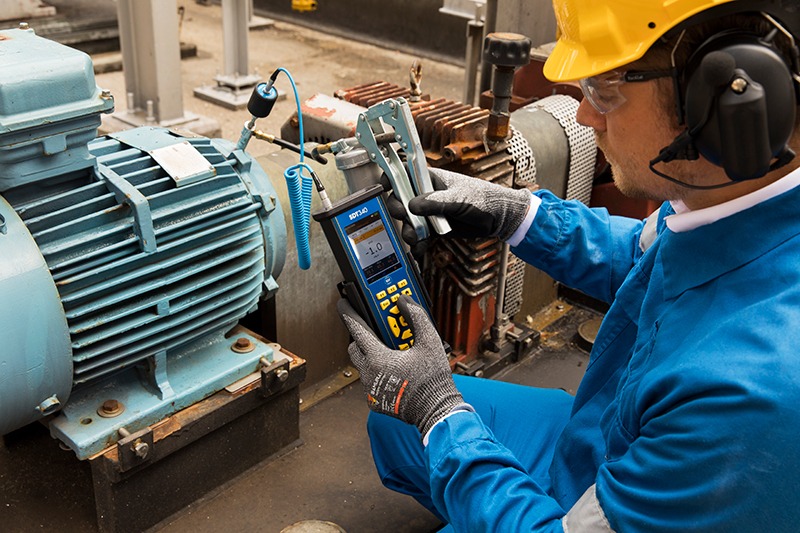

Avoid these Three Common Mistakes when greasing bearings with Ultrasound
Why you need Ultrasound to Correctly Lubricate Bearings
Ultrasound is the best condition monitoring technology for detecting friction, impacting and turbulence. The main purpose of lubrication is to reduce undesired friction and metal-on-metal contact. Ultrasound can detect increased levels of friction as a result of too much, or too little grease.
“With the SDT Ultrasound Solutions, you’re able to hear beyond the noise to detect the ultrasonic waves that your bearings emit. As you hear more, you have the ability to identify faults and lubricate or replace bearings before your asset fails.”
How to Determine when a Bearing Requires Grease
Taking measurements with your ultrasound device is the best, and easiest way to determine when your bearings require grease. Observing changes in dB’s is the first telltale sign that your bearing requires some maintenance So, the first step is to establish a baseline.
How to Grease Bearings Right, Never Under or Over Lubricate again
The only way to know when a bearing is in need of lubrication is monitoring its condition with an ultrasound device. Over time, bearing grease degrades and friction levels increase which is detectable with ultrasound. For this reason, and in order to prolong its life and prevent failure, the bearing needs grease replenishment.
An Ultrasound Device allows users to carefully monitor a bearing during a lubrication task. Both audio and visual representations of the bearings decibel level are displayed to provide greasing guidance. As grease is added to the bearing the decibel levels will decrease. Once dB levels begin to climb slightly, you know you have reached the optimal level of grease.
* Source
The best Ultrasound Device for Monitoring Grease Replenishment
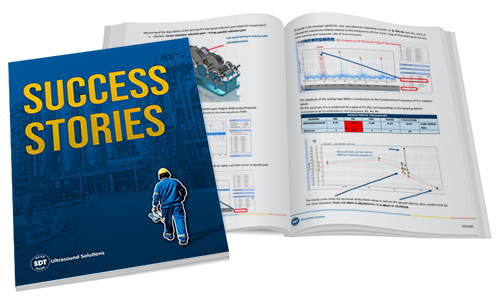

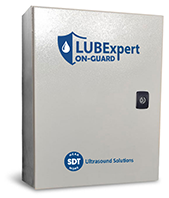 The LUBExpert ON-GUARD, our smartest lubrication solution, blends automation with precision, reliability, simplicity, and safety.
The LUBExpert ON-GUARD, our smartest lubrication solution, blends automation with precision, reliability, simplicity, and safety.
